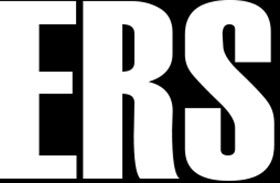| |
ELECTROMAGNETIC AND RADIATION SPACES
ERS is an open collaborative research project, which investigates hidden physical processes occurring permanently in our everyday environment saturated by electromagnetic waves, especially ionic radiation.
The project investigates the effect of electromagnetic waves and ionic radiation on living organisms that is connected with the influence of this radiation on living cells.
Workshop
Workshops of sound and visual techniques, which consist in detection of invisible phenomena and testing of the properties of physical objects through detection, amplification, sonic and visual analysis.
This practical workshop and series of experimental situations are meant to equip the artist with DIY skills from the range of techniques such as detection and modulation of the amplitude of electromagnetic emissions for audio and video output.
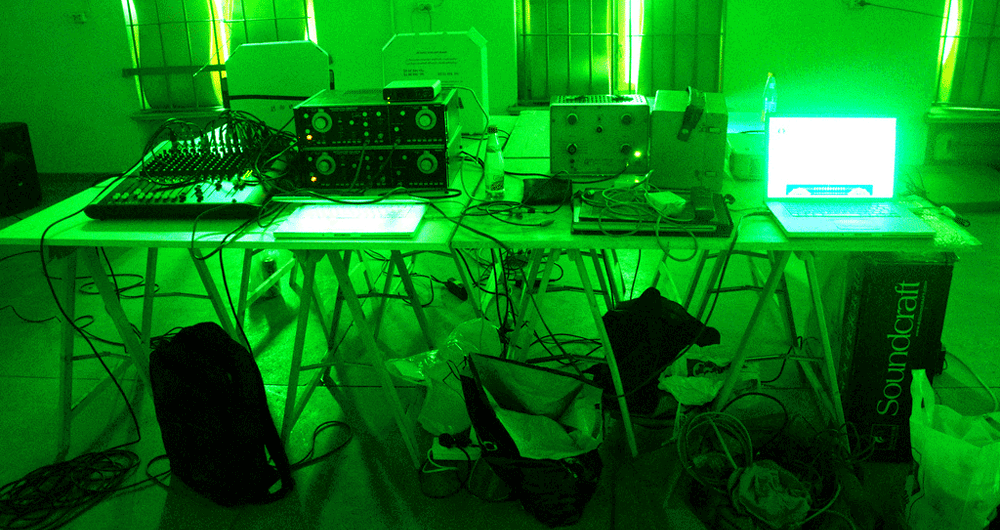
The project consists in detection and transformation of electromagnetic fields through the use of hardware tools like electromagnetic coils, differential detectors, sensors [light, flex etc], amplifiers, modulators, analyzers and more specialized devices for detecting radiation (Geiger, scintillation, gas and semiconductor counters).
During the workshop the participants will become acquainted with:
- practical techniques of detecting electromagnetic waves ( ultrasounds, infra sounds, interference, light, electrochemistry) and especially ionic radiation (alpha, beta, gamma),
-revealing, investigation and analysis of information (often invisible) about the structure and properties of images
-translation of electromagnetic waves and radiation into impulses in audio and vide range
- coding, compiling of patches and writing programs for detection, analyzing and modulation of electromagnetic fields using free software [PD, Supercollider, Python, Fluxus, etc]
- generating of complex audio and video using pulse width different math functions and algorithms, modulation, in combination with a programmable oscillators and noise generators
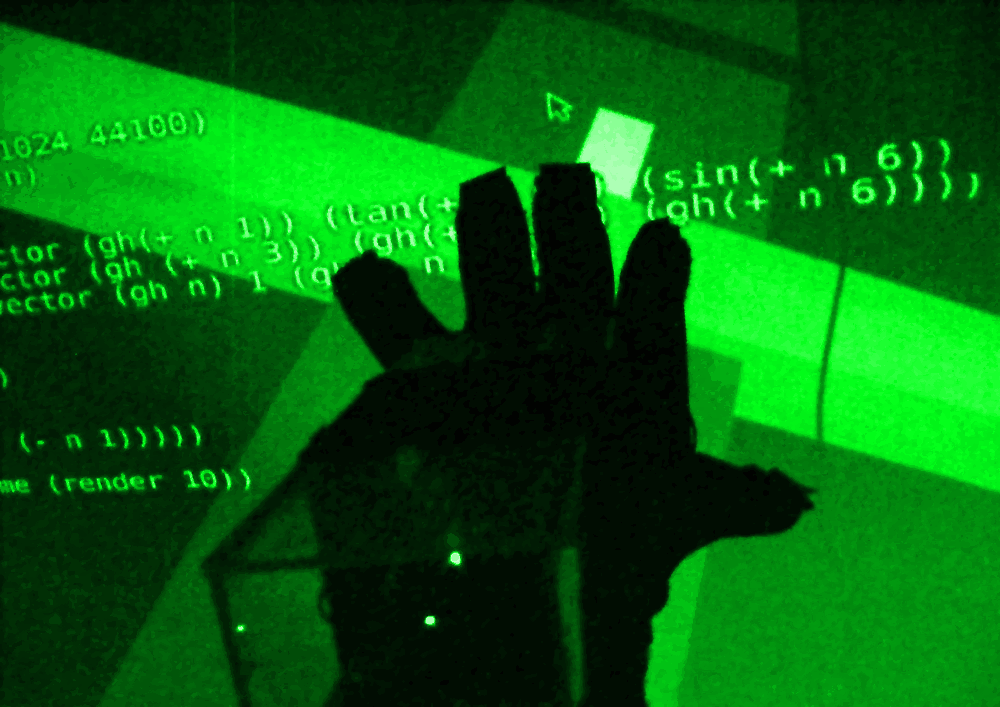
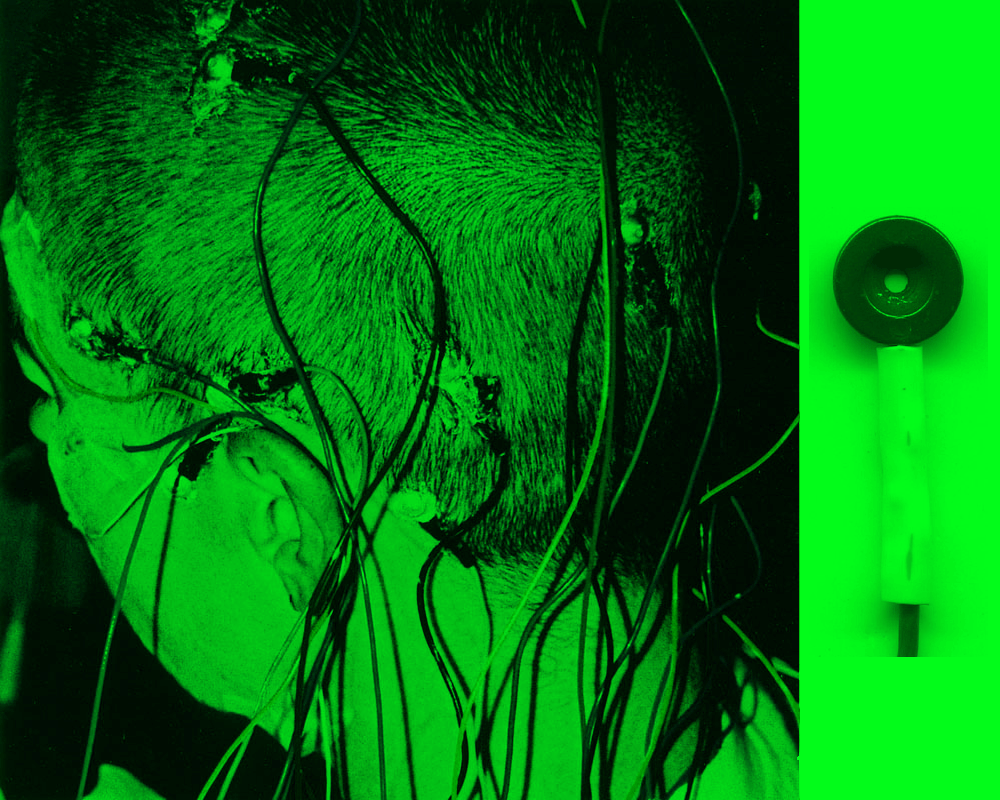
Types of electromagnetic waves
The workshops focus on work with the following types of electromagnetic waves:
1. ultra-short waves emissions [alpha, beta, gamma] (using Geiger counters, scintillation counters, and other techniques of Gamma-ray spectroscopy)
2. visible waves, micro-waves, radio waves, infrared waves, frequency emissions (using on-board coil and amplifier)
3. higher signals (e.g. mobile phone signals, wireless networks, Bluetooth)
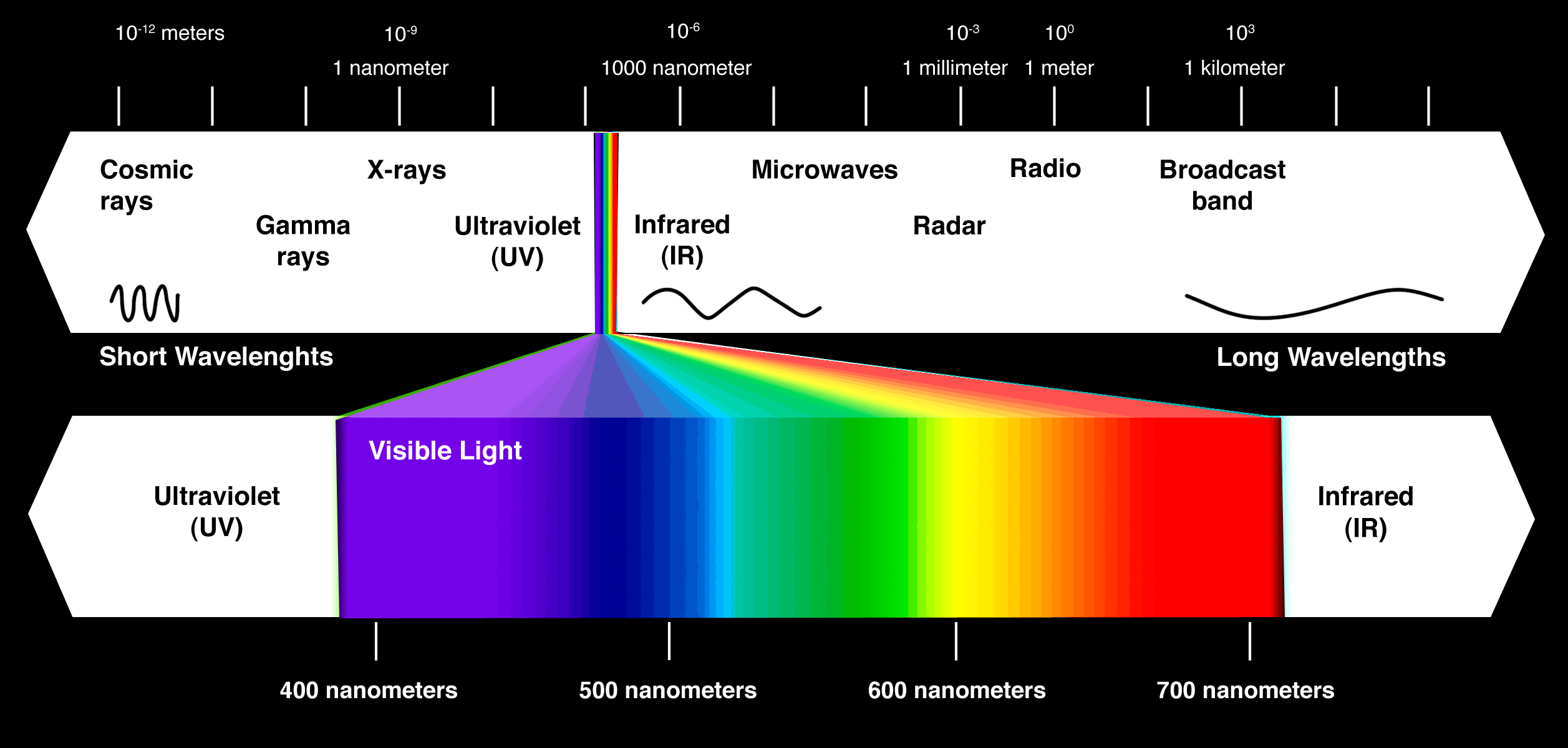
GAMMA WAVES
Gamma rays have the highest-energy form of electromagnetic radiation, being physically exactly like all other forms (e.g., X rays, visible light, infrared, radio), which means they also have the shortest wavelength. From the physical point of view, they are quanta of electromagnetic radiation with wavelength ranging from 1*10-12 m to 1*10-15 m.
DETECTION AND RADIATION DETECTORS
-gas detectors
-Geiger-Muller counters
-scintillation counters Nal and BGO
-semiconductor detectors
-germanium detectors Gi(Li) and HPGe
G-M counter usually has a shape of cylindrical metal tube, inside which, along the axis of symmetry a thin wolfram wire is placed, whose diameter is about 0.1 mm. The tube itself is filled with an appropriate gas mixture and is enclosed by a vacuum container.
Gamma radiation causes ionization of the gas in the chamber. During the moment of transition of the gamma photon through the inside of the chamber, pairs of positive and negative ions are being released, which move accordingly in the direction of the walls of the chamber and central electrode. Electrons heading towards the anode cause another processes of ionization. The particles, which pass through the counter, cause electric discharge in the gas contained in the detector.
Other materials are scintillation counters. Scintillation counters transform the energy of ionizing radiation into the energy of light flashes (scintillation). Such material (for example commonly used NaI - Sodium Iodide Cristal) usually cooperates with photo duplicator, which changes the energy of the light flashes into electric signal. Such detectors are used for the detection of alpha, beta or gamma radiation and their main area of application is medicine. Contemporary, commercially available cameras (gamma cameras) are based on scintillation detectors with the use of Bi4Ge3O12 (BGO) crystal. It is a crystal of wide density range (absorbs energy well), mechanically resistant and of relatively low price, but it is characterized by a long period of light impulse fading and low light efficiency. The research upon optimum material for scintillation counters is conducted by few organizations: CERN, UCLA devoted mainly to the high energy physics.
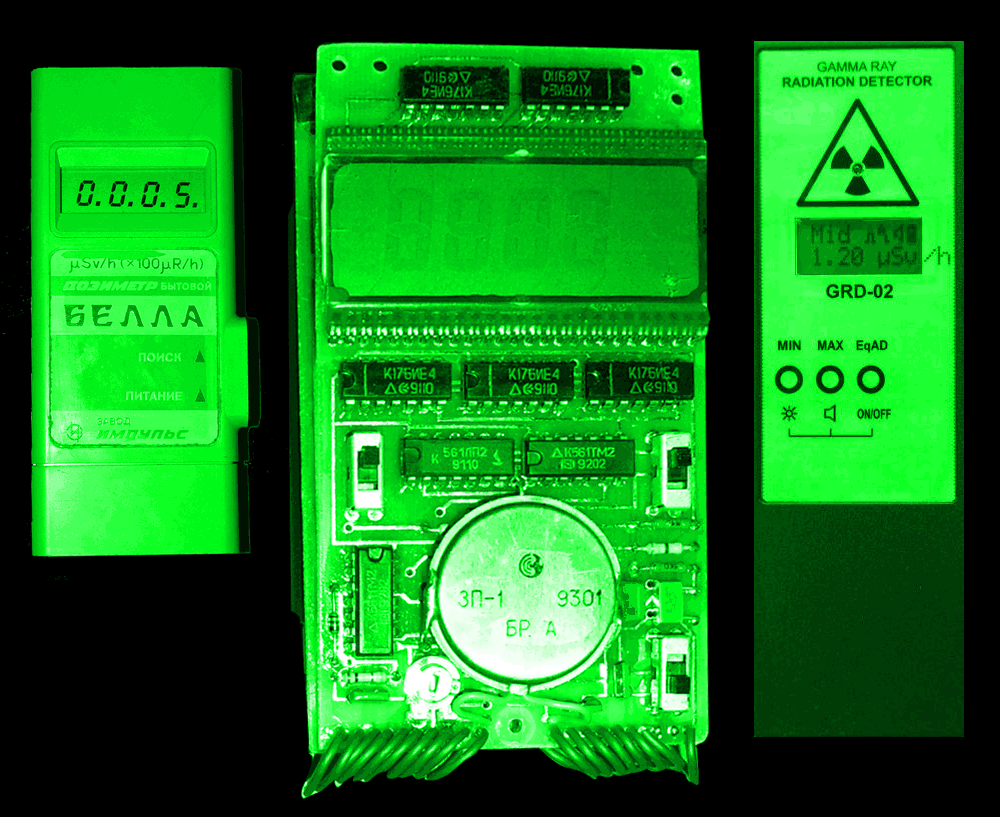
SOURCES OF RADIATION
We are subjected to the radiation of natural radioactive particles always present in the earth, rocks, air and water; there is also cosmic radiation pervading into the atmosphere from the cosmic space.
Sources of radiation created by humans:
-accelerators
-nuclear reactors
- various types of military and cosmic solutions
- defectoscopes and smoke sensors which contain isotope sources
-Roentgen apparata and devices for tellegammatherapy
-transport and radioactive waste dumps
- various building materials, e.g/ obtained from the ashes from heat and power plants etc
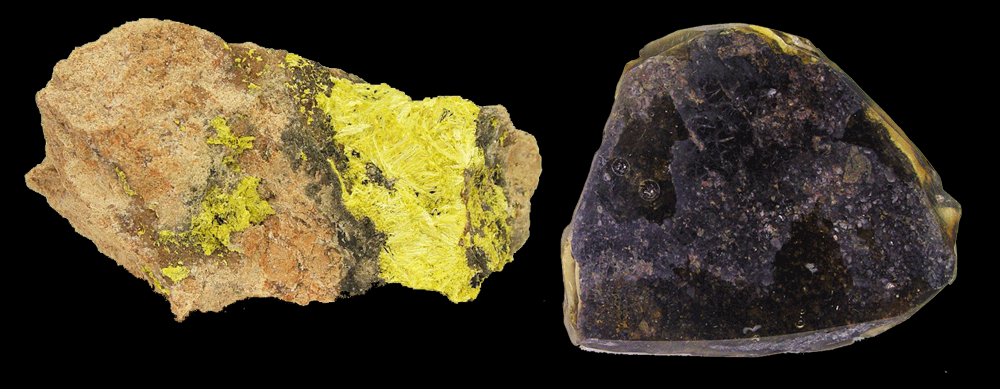
INTERACTION WITH MATTER [especially with LIVING ORGANISMS]
The interaction of gamma radiation with matter consists in many different processes in which the photons interact with electrons, nuclei within electromagnetic field.
The most important processes in which gamma quanta take part are:
- photoelectric phenomenon
- Compton diffusion
- creation of electron- positron pairs
The effect of ionic radiation on living organisms is connected with the influence of the ray on living cells. If the radiation reaches the parts important for the living functions, such as DNA particles, the cell damage will be greater than in the case when it will interact with less important particles, such as for instance water particles. The most susceptible to radiation are those cells, which reproduce quickly.
The long-term aim of the project is the research and CONTROL OF CELL, PATHOGEN AND VIRUS REPRODUCTION through the use of various types of radiation.
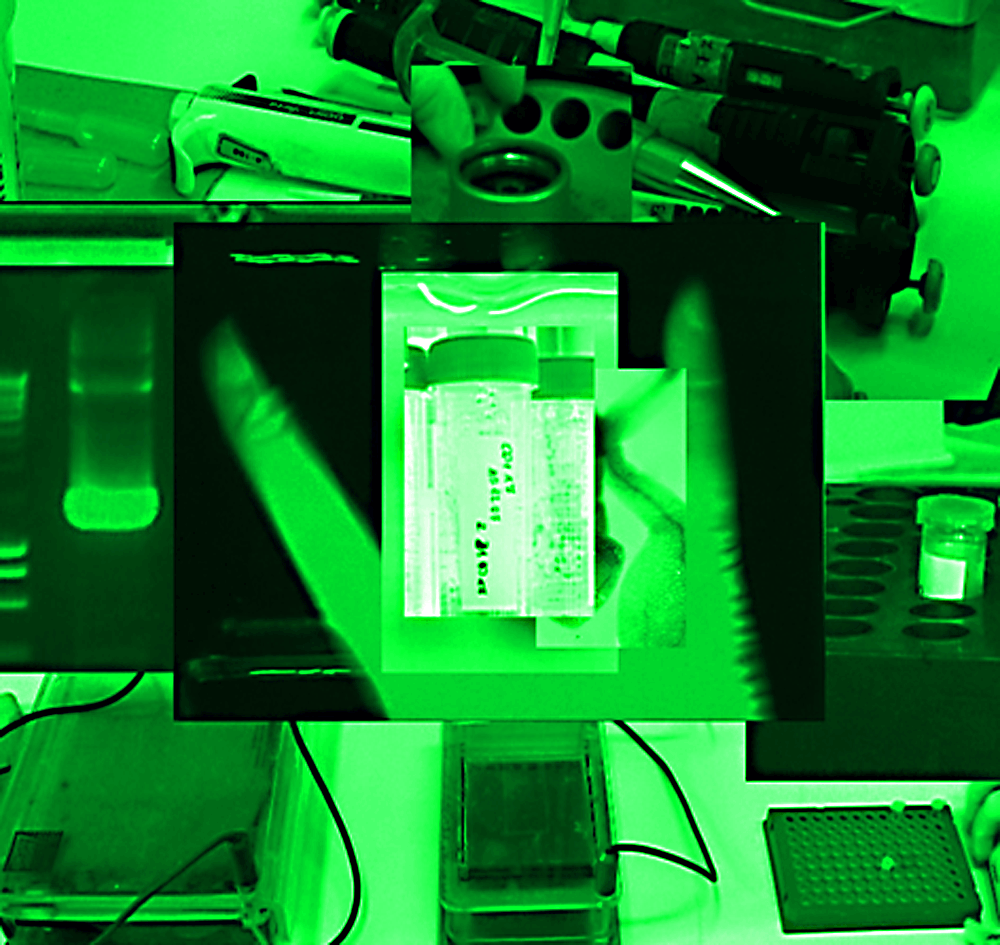
Conditions
Dates: 9th December 2012
Time: 11:00 - 18:00
Cost: € 40 (15€ for materials, 25 € for participation fee)
Place:
Maximum number of participants: 15
What you should take:
We encourage the participants to bring a device, which emits electromagnetic waves or some way of recording (tape or digital sound recorder, camera, headphones, computer with PD or Supercollider installed etc). All the materials will be provided and are included in the registration fee.
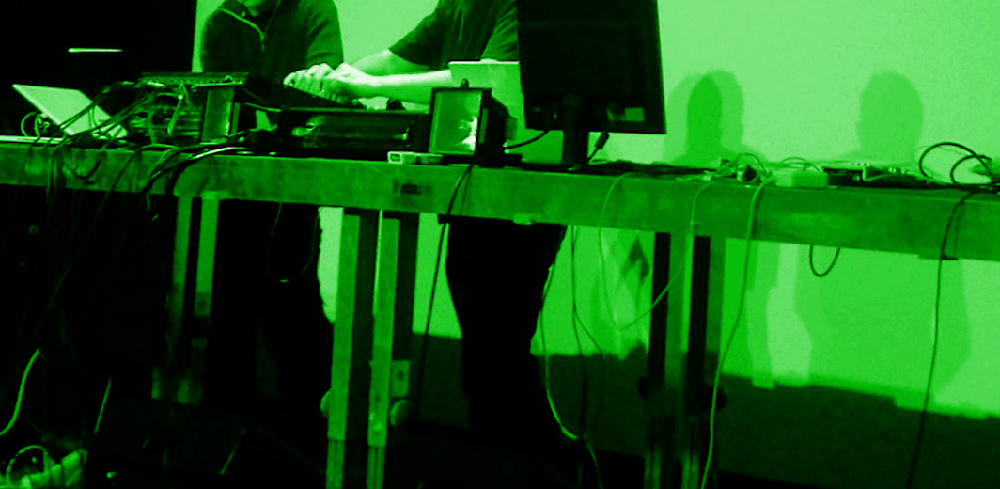
Instructor
Robert B. Lisek is an artist, composer and mathematician who focuses on systems and processes (computational, biological, social). He is involved in the number of projects focused on radical art strategies, hacktivism and tactical media. Drawing upon conceptual art, software art, critical and meta-media, his work intentionally defies categorization.
Lisek is also a composer of contemporary music, author of many projects and scores on the intersection of spectral, stochatistic, concret music, musica futurista and noise.
Lisek is a pioneer of art based on AI and bioinformatics. He explores the relationship between bio-molecular technology, code and
issues arising from network technologies by combining his DNA code with codes of viruses and recently by testing influence of radioactive materials on biological entities. He is also working on human enhancement: extensions through the use of radical transgressive methods that arise at the intersection of disciplines such as AGI, bioengineering, and nanotechnology. Lisek is also a scientist who conducts a research in the area of foundations of mathematics and computer science. His research interests are theory of partially ordered sets in relation with artificial general intelligence and complexity theory. Lisek is a founder of Institute for Research in Science and Art, Fundamental Research Lab and ACCESS Art Symposium. Author of many exhibitions and concerts, among others: TERROR ENGINES - WORM Center Rotterdam, Secure Insecurity - ISEA Istanbul; Manifesto vs. Manifesto - Ujazdowski Castel of Contemporary Art, Warsaw; NGRU - FILE, Sao Paulo; NEST - ARCO Art Fair, Madrid; Float – DMAC Harvestworks and Lower Manhattan Cultural Council, NYC; WWAI - Siggraph, Los Angeles; Falsecodes - Red Gate Gallery, Beijing; Gengine - National Gallery, Warsaw; Flextex - Byzantine Museum, Athens, FXT– ACA Media Festival, Tokyo and ISEA, Nagoya; Transhuman - Entropy Gallery, SSSpear –17th Meridian, WRO Center, Wroclaw.
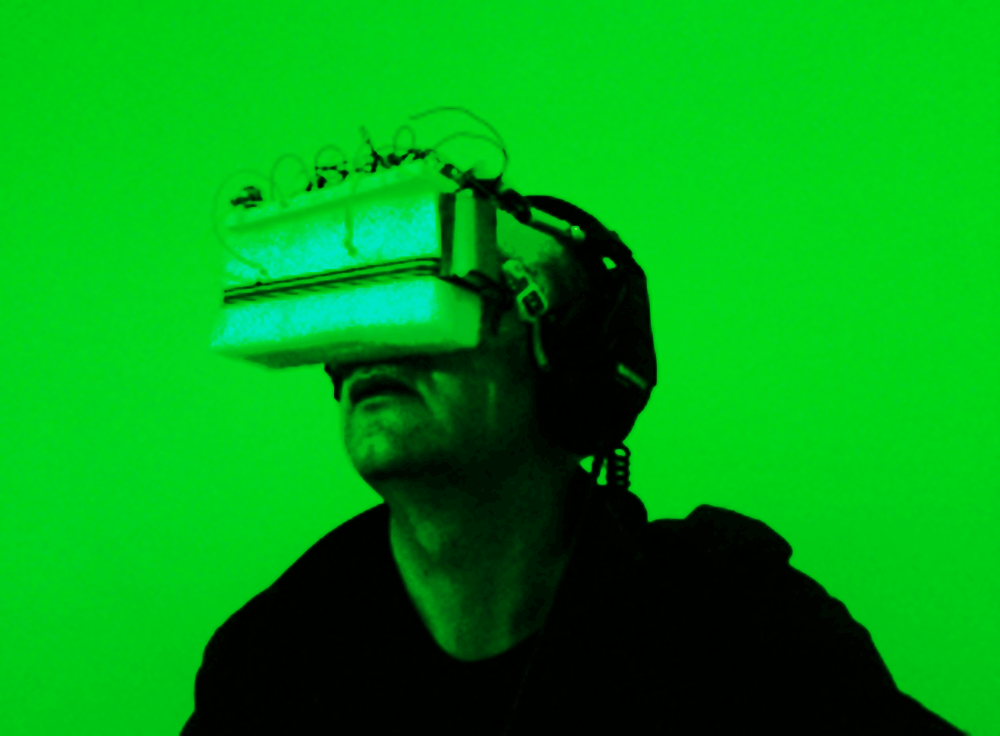
|
|
